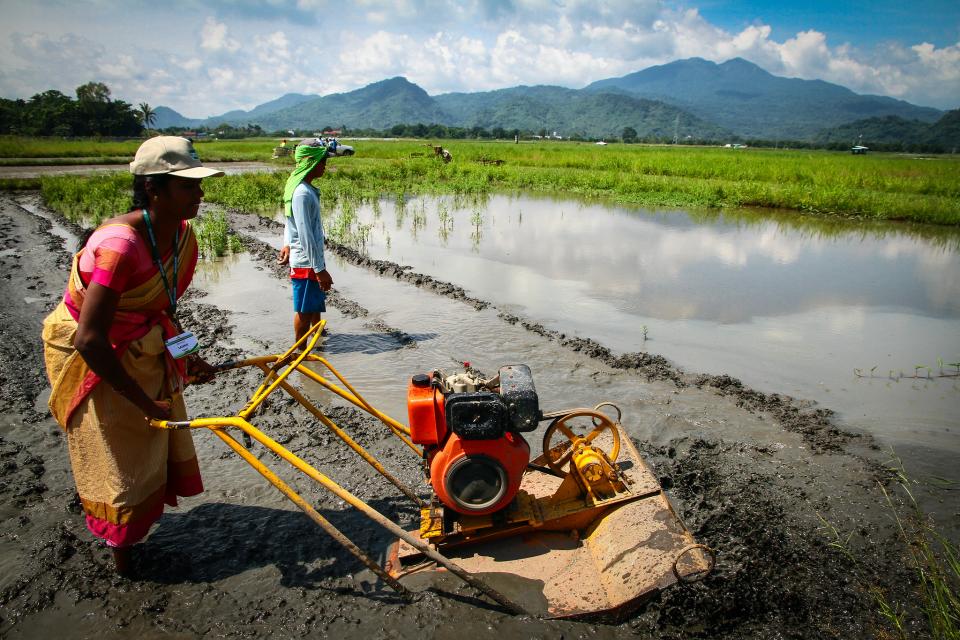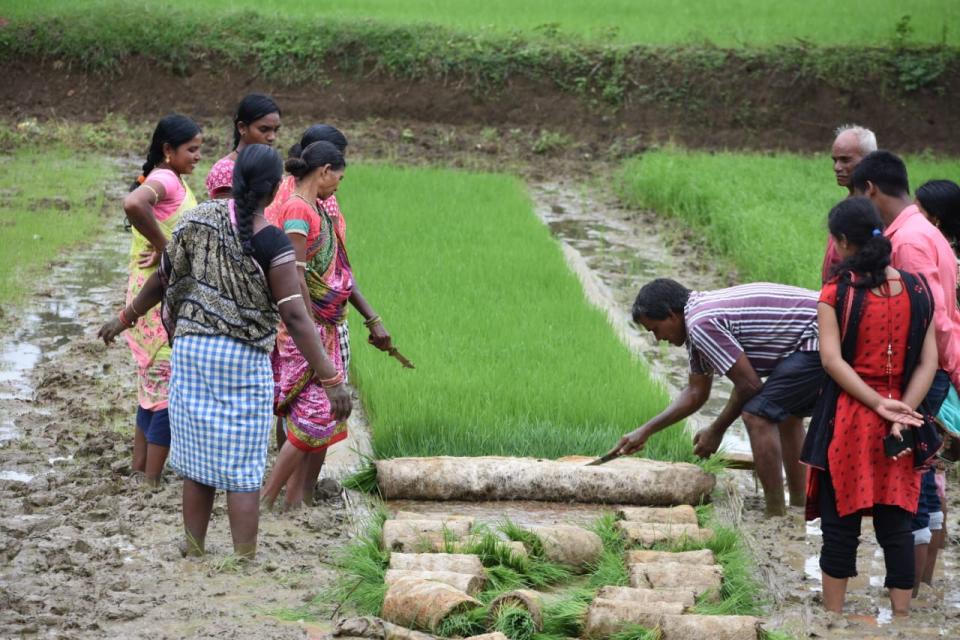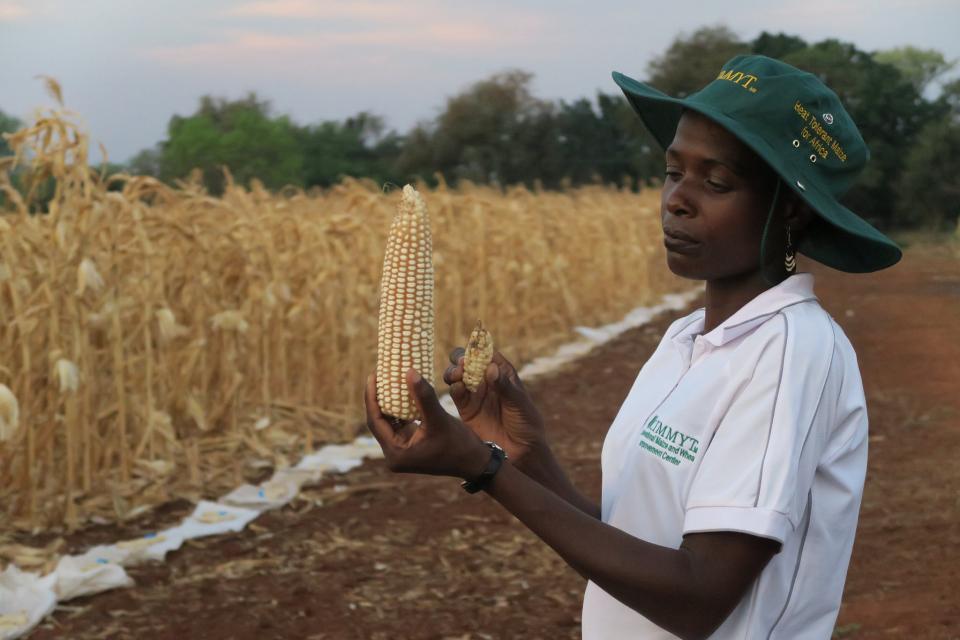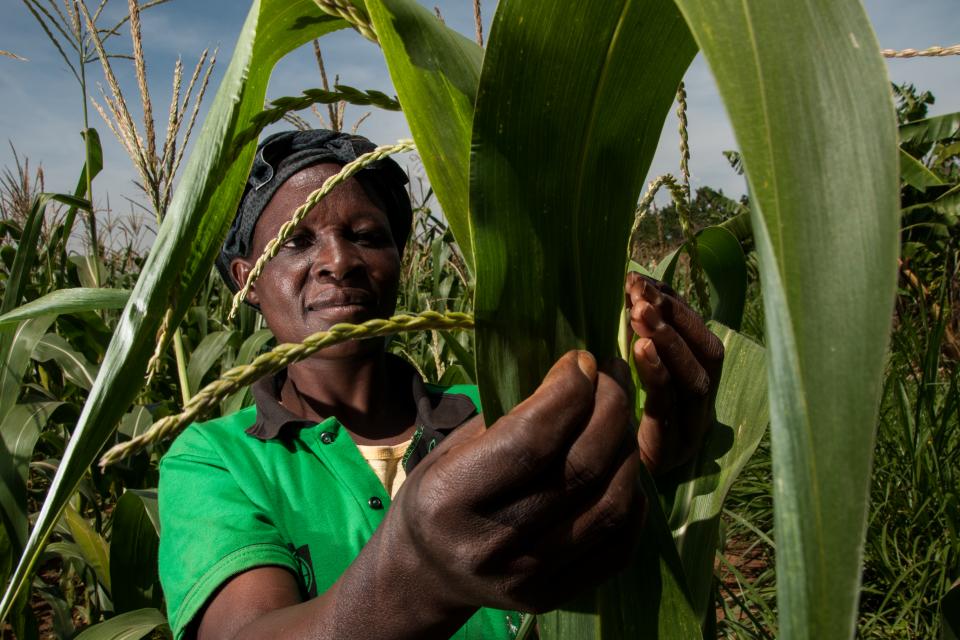Toward seed systems that bring benefits and empowerment for women

Photo: Rajarshi MITRA
Key messages:
- Timely access to good seeds is a critical input for any farmer. Good seeds shape harvests and this influences decisions on how much a household may consume, what seed can be kept for the next season and how much can be turned into income.
- Access to seeds is powerfully shaped by gender relations, and most seed distribution systems struggle to bring their products within the reach of women.
- Gender-responsive seed systems can directly benefit women by recognizing their preferences, interests and aspirations and by overcoming barriers to seed access. They can also contribute to empowerment outcomes for women.
- Empowerment of women depends on many factors beyond seed systems, and evidence shows no automatic causal relationship between enhanced seed access and greater empowerment. Women with seed-producing roles do show empowering attributes.
Seed systems are the—formal or informal—networks, comprising many different actors, that ensure (or not) availability of and farmers’ access to high-quality seeds of a wide range of crops. Importantly, access to seeds, essentially shaping farm productivity, is largely segregated by gender roles. Women and men experience different levels of success in getting the seeds they need—from formal markets, from government sources or from other farmers.
A recent review of evidence on gender in seed systems, that I undertook with colleagues, points toward two primary roles that shape the potential outcomes for women: their roles as seed users and as seed producers.
Women’s roles as seed users hampered by seed systems’ poor reach
For women to benefit in seed systems, seeds need to be within the reach of women. The seeds may then help women achieve empowerment, but only when women also have access to and control over essential inputs, resources, skills, knowledge and decisions. Access to seed on its own is beneficial, but not necessarily empowering.
Evidence shows that the formal seed sector struggles to provide women with seeds that meet their preferences and that are important to them. Instead, seed systems tend to prioritize higher-value cash crops dominated by men. Women often lack information and knowledge about seeds, and limitations to their mobility and social networks often shut them out of formal information channels, such as extension services. Training opportunities are often limited by household norms and roles. These limitations restrict women’s abilities to use new seed technologies effectively, and when combined with barriers to have and control cash, women must often settle for lower quality seed as it is all they can afford.
In contrast to formal systems, women play a relatively bigger role in farmer-managed and community-based (informal) seed systems. These tend to provide locally preferred seeds that better respond to women’s needs and preferences. However, even in these systems, challenges related to participating in decision-making, ensuring seed quality and accessing novel varieties and information persist.
Women’s roles as seed producers bring opportunities and empowerment
There is evidence that women’s roles as seed producers can be empowering. Although they have to overcome financial and other barriers, women are increasingly taking on stronger and leading roles in community seed systems and small seed enterprises.
Research in eastern India and Bangladesh showed that women who had access to improved seed and were trained in seed production claimed that their social status had improved. They perceived themselves as farmers and not just housewives. They also gained confidence in decision-making, enhanced their knowledge, had marketable surplus and experienced better status within households and the community.
Guidance for devising gender-responsive seed systems
First, seed systems designers need to tackle systemic causes of inequality. Alongside any technical requirements, seed systems interventions should specifically target objectives such as promoting women’s access to resources, enhancing women’s participation and voice in household and community decision-making, and developing gender-responsive policies. They must also consider power asymmetries, community norms and practices as well as customary and formal laws that shape gender relations and roles.
Gender-responsive design principles for seed systems include:
- Recognizing the differentiated user needs and preferences of women and men and devising appropriate delivery channels for each.
- Using targeted and accessible channels, such as video, mobile seed shops or promotions in local markets to provide information, solicit women’s preferences and facilitate networking opportunities.
- Making quality seed affordable and within the reach of women, tackling any negative outcomes and trade-offs from, for example, subsidy or voucher schemes.
- Prioritizing interventions that enhance the knowledge and skills of women, while reinforcing access to supporting and complementary resources, inputs and services.
- Adapting training and other support to meet the specific needs of women—and their families—in terms of location and timing.
- Involving women and men equally in decisions on seed systems and extending opportunities equally. Women should not miss out because of their home situations or community norms.
- Supporting women entrepreneurs with gender-specific laws and strategies to strengthen their access to resources, credit or other financial products.
- Giving policy and operational space for both formal and farmer-managed seed systems.
Future research and innovation priorities
The potential of seed systems to catalyze transformative change and bring about women’s empowerment is under-researched. Interventions that systematically test the impact of gender-responsive seed systems on women’s empowerment are very much needed. From our evidence review, the key recommendations for future research are summarized below:
Build evidence on gender dynamics in seed systems: Understanding local roles, norms and power relations that determine access and use is critical to design equitable and inclusive seed systems. With little evidence on the gendered aspects of seed systems, research to bridge knowledge and evidence gaps is urgently needed to inform seed systems interventions.
Track gendered seed access: The ‘Access to Seed Index’ should be adapted to include crops and varieties important to women, both formal and informal seed sources, and gendered indicators.
Understand gendered impact of seed systems policies: The gender dimensions of seed system policies and governance are little-known, but critical to ensure that formal policies use an appropriate gender lens.
Use integrated seed sector approaches: Gender-responsive seed systems require both formal and informal systems, each with their own benefits for women. Research on the linkages between formal and farmer-managed systems, and the contributions of informal community-based systems to women’s empowerment, is a high priority.
Suggested citation:
Puskur, R. 2021. Toward seed systems that bring benefits and empowerment for women. CGIAR GENDER PLATFORM Evidence Explainer. Nairobi, Kenya: CGIAR GENDER Platform. https://hdl.handle.net/10568/114803.
References
The outcomes of ensuring women’s access to stress-tolerant variety (STV) seeds and seed preservation training: The cases of India and Bangladesh.
Cueno, A. 2014. “The Outcomes of Ensuring Women’s Access to Stress-Tolerant Variety (STV) Seeds and Seed Preservation Training: The Cases of India and Bangladesh.” GRiSP Gender Research Network Workshop Proceedings, edited by S. Akter and B. Hardy.
An analysis of social seed network and its contribution to on-farm conservation of crop genetic diversity in Nepal
Poudel, D.; Sthapit, B.; Shrestha, P. (2015) An analysis of social seed network and its contribution to on-farm conservation of crop genetic diversity in Nepal. International Journal of Biodiversity 2015, Article ID 312621, 13 p. ISSN: 2314-4149
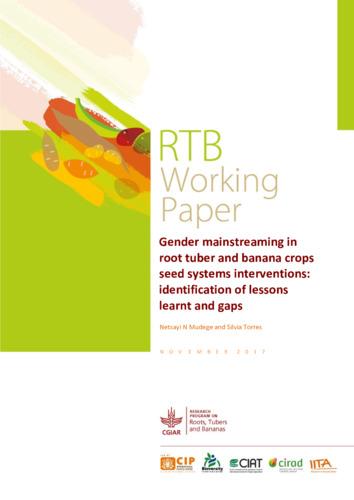
Gender mainstreaming in root tuber and banana crops seed systems interventions: identification of lessons learnt and gaps
Women’s empowerment through seed improvement and seed governance: Evidence from participatory barley breeding in pre-war Syria
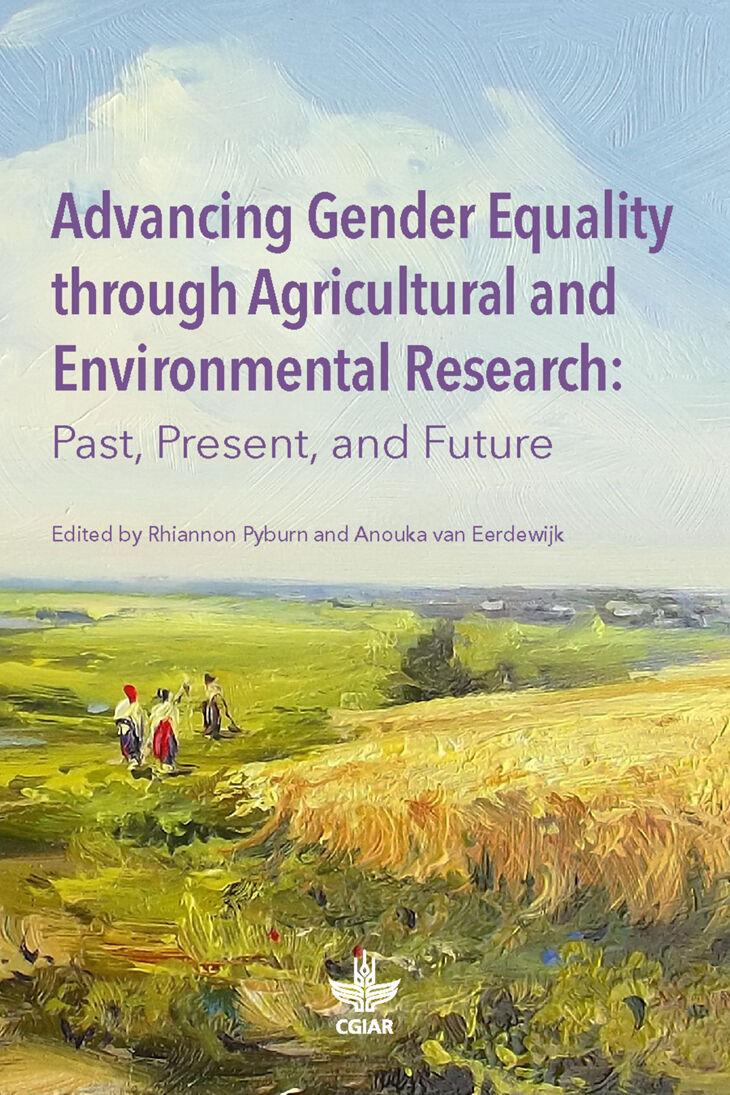
Advancing gender equality through agricultural and environmental research: Past, present, and future
Pyburn, Rhiannon, ed.; and van Eerdewijk, Anouka, ed. 2021. Advancing gender equality through agricultural and environmental research: Past, present, and future. Washington, DC: International Food Policy Research Institute (IFPRI). https://doi.org/10.2499/9780896293915
